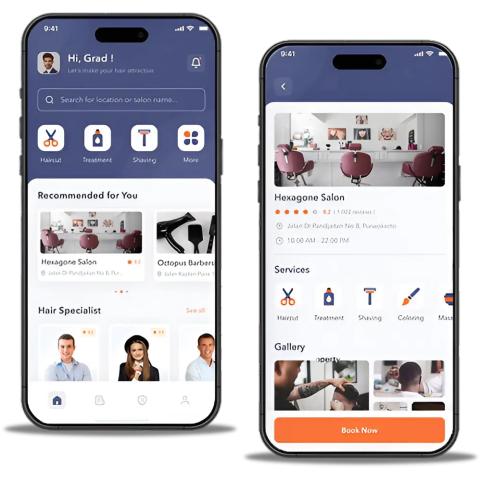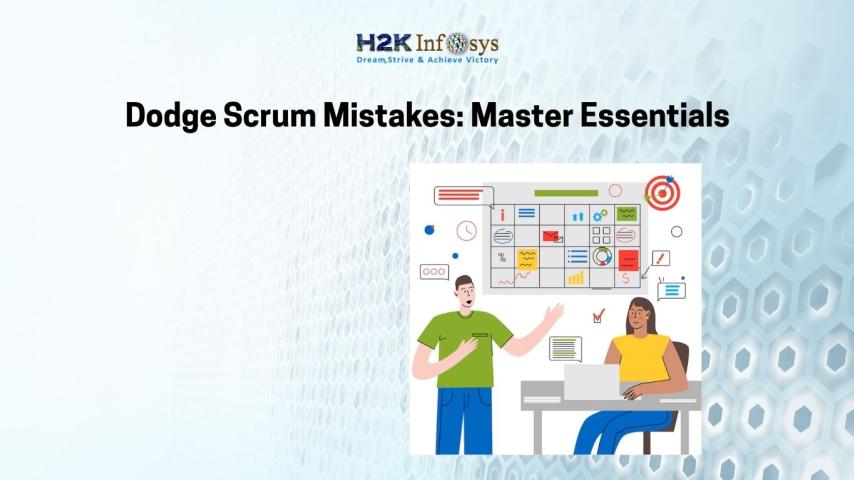How Much Does It Really Cost to Build AI Planning Agents?
In today’s rapidly evolving tech landscape, AI planning agents are becoming essential tools in industries like logistics, manufacturing, healthcare, finance, and robotics. These intelligent systems are designed to plan and execute sequences of actions to achieve specific goals—autonomously and efficiently. Whether it's managing warehouse operations or assisting in clinical decision-making, AI planning agents can deliver significant value.
But behind this transformative potential lies a pressing question: How much does it really cost to build AI planning agents?
The answer isn’t as straightforward as a single price tag. It depends on a range of factors—from development scope and technology stack to data requirements and team expertise. In this blog, we’ll break down the key cost-driving factors, give you realistic pricing insights, and help you understand how to budget effectively for AI planning agent development.
What Are AI Planning Agents?
Before we dive into costs, let’s clarify what AI planning agents actually are.
At their core, AI planning agents are software systems developed by an AI Agent Development Company that use artificial intelligence to decide on a course of action to achieve specific goals. These agents can:
- Analyze current and historical data
- Model different scenarios
- Make decisions based on predefined rules or learned behavior
- Optimize actions over time
- Work autonomously with minimal human intervention
AI planning agents often rely on automated planning, reinforcement learning, machine learning, and symbolic reasoning to function. They’re widely used in applications like:
- Supply chain management
- Robotics and autonomous vehicles
- Smart assistants and chatbots
- Healthcare decision systems
- Task scheduling in enterprise systems
Now that we understand what these agents are and what they do, let’s talk about the cost factors.
Key Cost Factors in Building AI Planning Agents
The cost of building an AI planning agent varies widely depending on several elements:
1. Scope and Complexity
The more complex your agent’s planning tasks are, the more expensive the project becomes. For instance:
- A simple agent that schedules calendar events or plans delivery routes may cost less.
- A complex agent that performs dynamic planning in real-time environments (like autonomous drones or robotic surgery) will require far more resources.
Estimated cost range:
- Basic: ₹5,00,000 to ₹15,00,000 ($6,000 to $18,000)
- Advanced: ₹20,00,000 to ₹80,00,000 ($24,000 to $96,000)
- Enterprise-grade: ₹1 crore+ ($120,000+)
2. AI Techniques Used
The technologies and algorithms you choose influence development time and cost. Some common AI approaches include:
- Rule-based systems – cheaper but less adaptive
- Machine Learning (ML) – moderate cost, good for pattern-based decisions
- Reinforcement Learning (RL) – high cost, great for dynamic environments
- Deep Learning + Planning (e.g., neural-symbolic AI) – expensive but powerful
More advanced techniques like hierarchical task planning, probabilistic planning, or multi-agent systems can significantly raise the budget.
3. Data Requirements
- Data is the backbone of any AI solution. Depending on your use case:
- You may need to collect, clean, and label large datasets.
- You may have to simulate environments or generate synthetic data for training.
- In some cases, real-time data ingestion systems are required.
Estimated data-related cost:
- Small datasets: ₹2,00,000 to ₹5,00,000 ($2,400 to $6,000)
- Medium: ₹6,00,000 to ₹15,00,000 ($7,000 to $18,000)
- Extensive training data and simulation environments: ₹20,00,000+ ($24,000+)
4. Team Composition
Building an AI planning agent often requires a multidisciplinary team:
- AI/ML engineers
- Data scientists
- Software developers
- UI/UX designers (if you need a user-facing interface)
- Project managers
You can either build an in-house team or hire a development company. Outsourcing to AI development agencies (especially in countries like India) can reduce costs by up to 60%.
Team cost breakdown (monthly):
- In-house (US): ₹80,00,000+ ($96,000+)
- Outsourced (India): ₹20,00,000 to ₹40,00,000 ($24,000 to $48,000)
5. Infrastructure and Tools
AI planning agents often require robust infrastructure, including:
- Cloud services (AWS, Azure, GCP)
- ML libraries and frameworks (TensorFlow, PyTorch, OpenAI Gym, etc.)
- Simulation tools
- High-performance computing resources (GPU/TPU)
While some tools are open-source, running large models or real-time systems often needs premium cloud solutions.
Infrastructure costs (monthly):
- Basic: ₹20,000 to ₹50,000 ($240 to $600)
- Advanced: ₹1,00,000 to ₹5,00,000 ($1,200 to $6,000)
6. Testing and Iteration
AI agents need rigorous testing:
- Offline simulations
- Real-world pilot testing
- Continuous feedback loops for learning
- Fine-tuning and performance evaluation
Testing phases often extend the timeline and hence the cost.
Testing cost:
- Small-scale: ₹1,00,000 to ₹5,00,000 ($1,200 to $6,000)
- Enterprise pilot programs: ₹10,00,000+ ($12,000+)
7. Maintenance and Upgrades
AI models degrade over time (model drift), so you’ll need regular:
- Model retraining
- Software updates
- System monitoring
- Scaling support
Annual maintenance cost: 15%–25% of the initial development cost
Cost Examples by Use Case
To give you more clarity, here are example costs by type of project:
Use Case | Estimated Cost (INR) | Estimated Cost (USD) |
Personal Assistant Planner | ₹5,00,000 – ₹10,00,000 | $6,000 – $12,000 |
Warehouse Planning Agent | ₹15,00,000 – ₹35,00,000 | $18,000 – $42,000 |
Autonomous Vehicle Route Planner | ₹50,00,000 – ₹1.5 crore | $60,000 – $180,000 |
Healthcare Task Scheduling Agent | ₹30,00,000 – ₹80,00,000 | $36,000 – $96,000 |
Multi-Agent System (Defense, Robotics) | ₹1.5 crore+ | $180,000+ |
Hidden or Overlooked Costs
When budgeting, don’t forget about these potential hidden costs:
- Licensing fees for proprietary libraries or APIs
- Compliance and security audits (especially for healthcare/finance applications)
- User training and documentation
- Ongoing support staff
- Model retraining and drift correction
It’s wise to add a 10–20% buffer to your total estimated cost to accommodate these.
How to Save Costs Without Compromising Quality
If the numbers are starting to sound intimidating, here are some ways to reduce your investment smartly:
Use Pre-trained Models and Frameworks
Rather than building everything from scratch, you can use planning toolkits and libraries like:
- Planning Domain Definition Language (PDDL) frameworks
- OpenAI Gym + RL Baselines
- ROS (Robot Operating System) for robotics
- Microsoft Bonsai or Google Vertex AI for enterprise agents
Start with a Minimum Viable Agent (MVA)
Build a simplified prototype first to test your assumptions and gather feedback before scaling. This approach can reduce upfront costs by 40–60%.
Outsource to AI Specialists
Partnering with offshore AI development companies can give you access to top talent at lower rates, especially in regions like India or Eastern Europe.
Use Cloud Credits
AWS, GCP, and Azure often offer free cloud credits for startups and research projects—a great way to reduce infrastructure costs during the early stages.
Conclusion
The takeaway? High cost doesn’t always mean high complexity. With the right planning, open-source tools, and an agile mindset, software development companies can build a smart AI planning agent that's surprisingly budget-friendly.
Thinking about building one for your business?
Let Appic Softwares be your tech partner. From simple scheduling bots to advanced multi-agent systems, we build AI solutions that are scalable, efficient, and cost-effective.
Get in touch with Appic Softwares and let’s bring your AI idea to life.
















